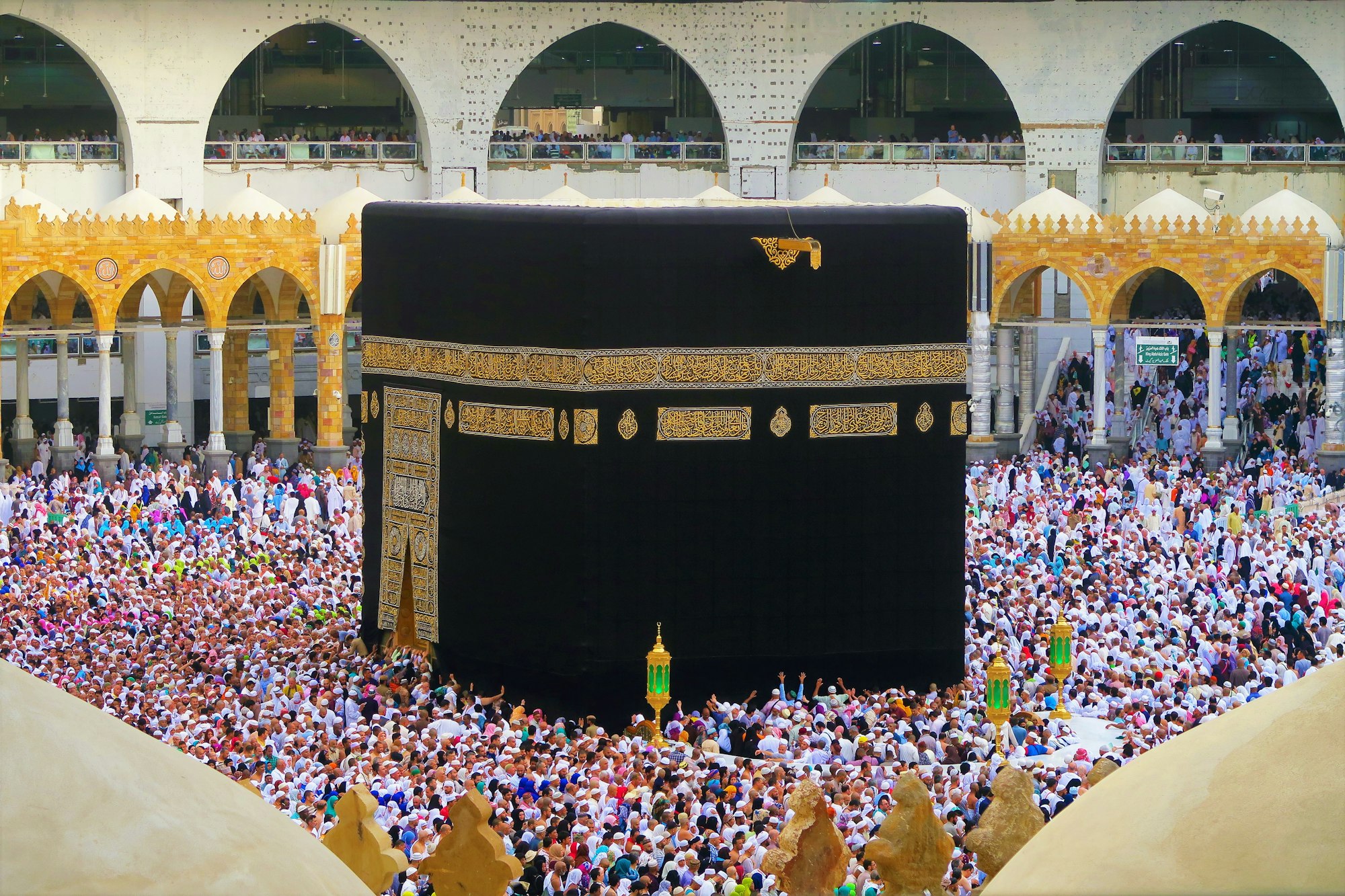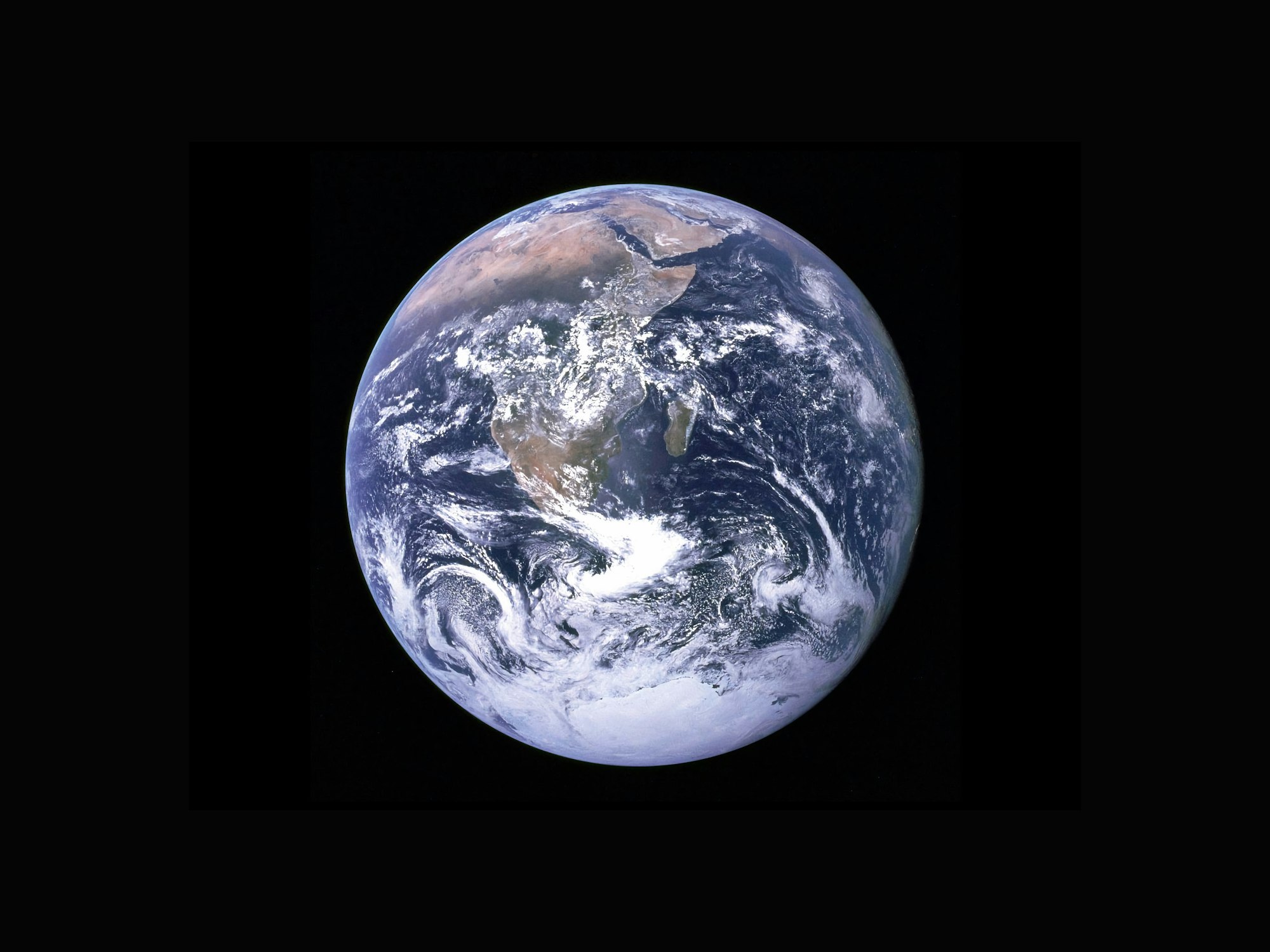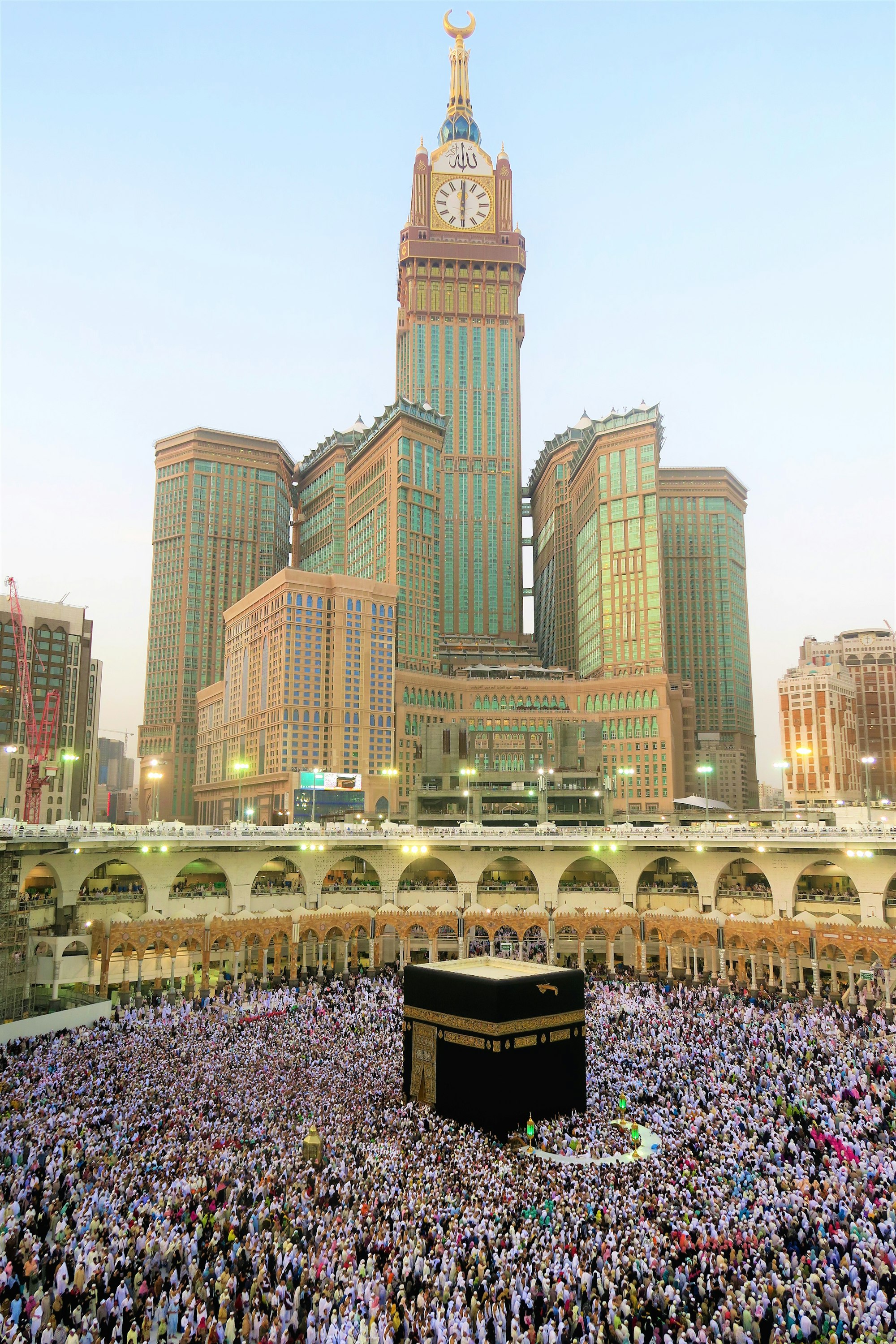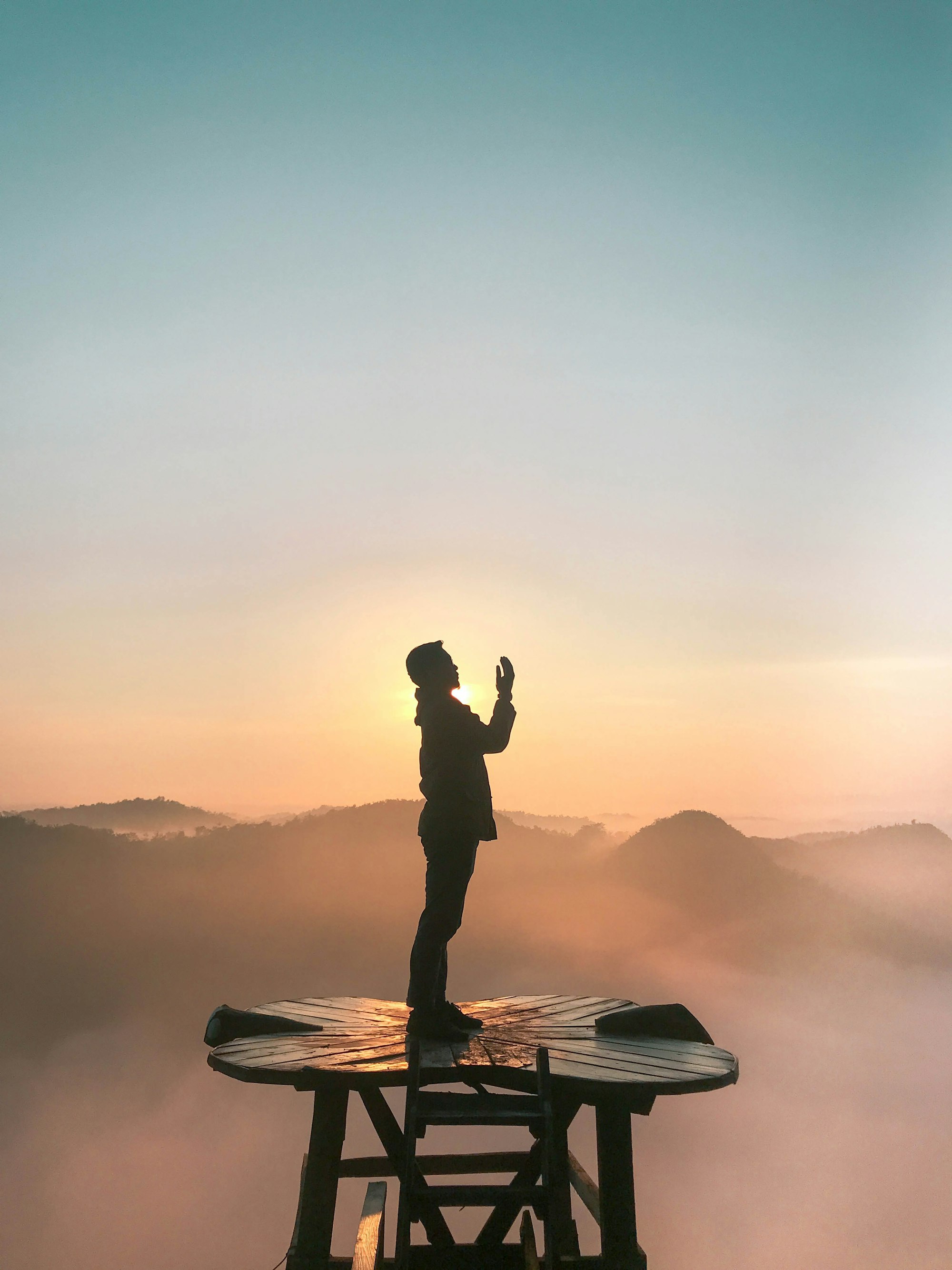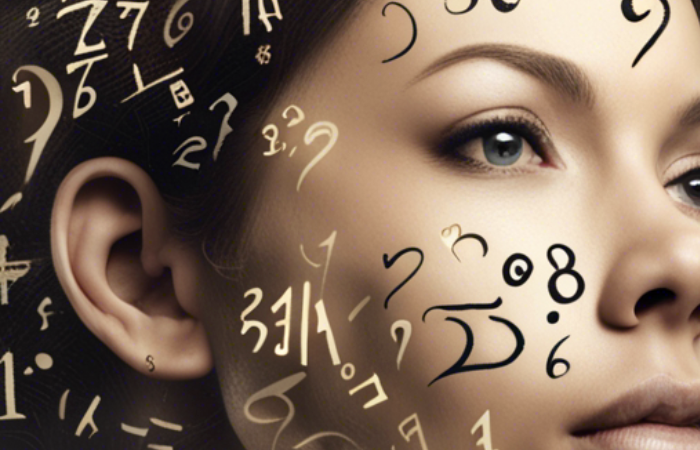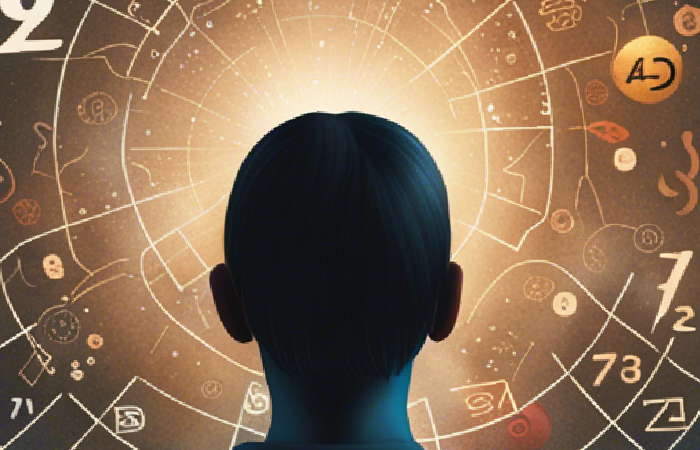How the Qibla Direction Connects Millions: A Symbol of Global Unity

The concept of Qibla is integral to the practice of Islam, serving as both a geographical and spiritual focal point for Muslims around the world. Qibla refers to the direction of the Kaaba in Mecca, Saudi Arabia, towards which Muslims turn during their daily prayers or Salah. This seemingly simple action manifests a complex tapestry of religious, cultural, and social implications. The overarching theme of this article is to delve into how the Qibla serves as a symbol of global unity, connecting millions of individuals regardless of their ethnicity, nationality, or language. Just as global phenomena like Earth Day bring people together under the banner of environmental awareness, the universality of the Qibla direction similarly unites individuals in spiritual harmony. Our objective is to explore this profound aspect of global interconnectedness that the Qibla embodies.
The Origin and Significance of Qibla
The Qibla has its roots in the early years of Islam. The Prophet Muhammad initially directed prayers towards Jerusalem, another holy city in Abrahamic religions. However, this changed in 624 CE when the direction was reoriented towards the Kaaba, a cube-shaped building in Mecca believed to have been built by Prophet Ibrahim (Abraham). This shift had implications beyond the geographical; it was a defining moment that united the fledgling Muslim community under a single direction—both literally and metaphorically.
A Physical Connection in a Spiritual Context
What's fascinating about the Qibla is that it acts as a physical constant in the variable environments in which Muslims find themselves. Whether in the bustling heart of New York City, the tranquility of a rural village in Indonesia, or the arid deserts of northern Africa, Muslims share this singular point of focus. In doing so, the Qibla transcends physical and cultural boundaries, solidifying a global Muslim identity.
Technological Facilitators: From Sundials to Smartphones
The advancement of technology has made finding the Qibla direction easier than ever before. While early Muslims relied on the position of the sun and celestial navigation, today's believers can find the Qibla using smartphone apps and GPS technology. Despite the modern conveniences, the essence of the practice remains unaltered: the simple yet profound act of facing a single direction, together.
The Qibla as a Symbol of Global Unity
While the act of facing the Qibla is inherently religious, its ramifications are universally human. It is a humbling experience that puts into perspective the minute scale of individual human experience in comparison to the vastness of a globally shared ritual. Like Earth Day, which unites people across cultures for a common cause, the Qibla direction similarly fosters a sense of global togetherness.
The universality of the Qibla serves as a poignant symbol of how seemingly disparate individuals can be united under a shared cause or belief. Like Earth Day, which transcends nationality and language to focus the world's attention on environmental stewardship, the Qibla coalesces the spiritual focus of millions into a single, unified act. It stands as a testament to what can be achieved when humanity focuses, quite literally, in the same direction.
The Basics of Qibla
In a seemingly fragmented world, symbols and practices that unify people are particularly significant. One such symbol in Islam is the Qibla, the direction Muslims worldwide face during their daily prayers, known as Salah. It aligns millions in a shared act of devotion and connects them to the city of Mecca and the Kaaba, the epicenter of their faith. This article delves into how the concept of the Qibla serves as an incredible symbol of global unity among Muslims.
What is Qibla?
The Qibla is the direction that should be faced when a Muslim prays, performs certain rituals, or even when one is buried. It is a focal point that aims to unite Muslims in worshiping Allah. It's not just a geographical orientation but a spiritual one, designed to align the body, mind, and soul in a single direction—toward the divine.
Definition and Origin
"Qibla" comes from the Arabic word "Qiblat," meaning direction. Historically, the Qibla was initially directed towards Jerusalem but was later changed to Mecca following a revelation to the Prophet Muhammad. This change is documented in the Quran, in Surah Al-Baqarah (2:144).
The Significance in Daily Prayers (Salah)
In the life of a practicing Muslim, the importance of Salah can hardly be overstated. It is one of the Five Pillars of Islam and is performed five times daily. Facing the Qibla during these prayers adds another layer of unity and discipline to the practice. It serves as a daily reminder of a Muslim's devotion to Allah and membership in a worldwide community of believers.
Qibla and Mecca
Kaaba as the Focal Point for Qibla
The Kaaba is a cube-shaped building in the Masjid al-Haram mosque in Mecca, Saudi Arabia. It is considered the "House of God" and serves as the earthly focal point where all Muslims pray. The black stone embedded in one corner of the Kaaba is believed to be a sacred relic, and the site itself is associated with prophets like Adam and Abraham. By turning toward the Kaaba when praying, Muslims engage in an act of spiritual centrality and unity.
Cultural and Historical Relevance of Mecca in Connecting Muslims Worldwide
Mecca is not just a city; it's a symbol of unity and the spiritual home of every Muslim. The annual pilgrimage to Mecca, known as Hajj, is another of the Five Pillars of Islam and is mandatory for every Muslim physically and financially able to undertake it. This mass gathering is one of the largest peaceful global assemblies, attracting millions worldwide.
But Mecca's relevance extends beyond the Hajj. The city and its sacred sites are imprinted in the collective memory of Muslims. The concept of facing Mecca during prayers extends this relevance to every corner of the globe, every day of the year. It serves as a daily connection point that helps to build a sense of global Muslim identity.
The Qibla is more than just a direction; it is a symbol that connects millions of Muslims worldwide. It centers the mind during prayer, unifies a global community, and links everyone to the sacred city of Mecca. In a world that often emphasizes division, the Qibla serves as a poignant reminder of the power and beauty of unity.
Earth Day as a Parallel Global Symbol
The Qibla is more than a mere direction for Muslims to pray towards; it's a potent symbol of unity and mindfulness. It serves as an anchor point connecting millions of Muslims worldwide, regardless of their location, language, or nationality. The concept unites believers under reverence, spirituality, and shared values. In an increasingly divided world, the idea of global symbols connecting humanity is comforting and necessary. One such symbol that stands as a parallel to the Qibla in its capacity to unite people across the globe is Earth Day.
Understanding Earth Day
Earth Day was first celebrated on April 22, 1970, when environmental consciousness was less prevalent today. Initiated by U.S. Senator Gaylord Nelson and inspired by the student anti-war protests, Earth Day began as an environmental teach-in to address issues ranging from pollution and waste disposal to climate change and conservation. Over the years, the day has grown significantly and is now observed in over 193 countries, involving various events and programs to promote environmental awareness.
The primary objective of Earth Day is to encourage collective action and foster a sense of global community around environmental issues. Just as the Qibla serves as a focal point for Muslims, Earth Day aims to be a focal point for the world's population to come together to address environmental challenges, irrespective of geographical borders, political inclinations, or cultural backgrounds.
Shared Goals
The Qibla and Earth Day concepts share fundamental themes that resonate with people worldwide. Below are some of these themes:
Unity
The Qibla brings Muslims together five times daily in communal worship, all facing the Kaaba in Mecca. Similarly, Earth Day gathers millions of people annually to participate in activities to preserve our planet. Whether through community clean-up events, educational seminars, or online campaigns, Earth Day offers an occasion for global unity, much like the Qibla.
Reverence
Reverence is a core tenet of both Earth Day and the Qibla. For Muslims, the Qibla is not just a direction but a spiritual axis connecting them to a higher power and deepening their reverence. Earth Day invites people to show reverence for the planet, urging them to recognize the Earth as more than just a resource to be exploited.
Mindfulness
Both the Qibla and Earth Day advocate for mindfulness—of one's place in a broader community and impact on the world. The Qibla direction reminds Muslims to be mindful of their actions, duties to God, and responsibilities to their community. On the other hand, Earth Day serves as a yearly reminder of the planet's fragility, urging people to be mindful of their environmental impact and to act responsibly.
The value of symbols that foster unity and global cooperation cannot be overstated in an age of increasing division and discord. Just as the Qibla serves as a timeless symbol of spiritual unity for millions of Muslims, Earth Day is an annual beacon for global solidarity in the fight for environmental sustainability. Each uniquely encourages unity, promotes reverence, and fosters mindfulness, bringing disparate communities together under shared goals and common causes.
The Universality of Qibla
In an increasingly fragmented world, symbols of unity are more critical than ever. One emblem that transcends borders, cultures, and generations is the concept of Qibla in Islam. Qibla refers to the direction in which Muslims around the world face when performing their prayers. This act adheres to religious guidelines and serves as a compelling symbol of global unity. This article explores the universality of the Qibla direction, examining how it manages to unite millions of people worldwide through shared rituals and practices, transcending geographical and cultural barriers.
Beyond Borders and Cultures
The Qibla uniquely can unite people from diverse backgrounds, whether in New York, Tokyo, Sydney, or Johannesburg. While these cities have vastly different cultures, languages, and histories, the Qibla offers a uniform point of focus for Muslims. By aligning their prayers toward the Kaaba in Mecca, Saudi Arabia, they transcend geographical and cultural boundaries, sharing a common spiritual axis that unites them in their faith.
How Qibla Transcends Geographical and Cultural Boundaries
The Kaaba serves as the epicenter of the Islamic world, a hub that spiritually connects millions of Muslims. However, it's more than just the physical location that matters. It's the idea that your Qibla direction links you to every other Muslim, no matter where you are. This idea demystifies geographical distances and cultural differences, promoting a sense of global unity that few other symbols can claim.
Examples of People from Different Parts of the World Facing the Same Direction
Imagine a university in London where students from Malaysia, Nigeria, and Pakistan gather to pray in the same direction. Or consider a multi-ethnic community in New York City where people from Bangladesh, Turkey, and Egypt come together for Friday prayers. These congregations exemplify the universality of the Qibla, showing that despite our distinct histories and cultures, a singular focus can unite us.
Connecting through Rituals and Shared Practices
The Sense of Belonging and Community Through Collective Rituals
When Muslims stand for prayer, they know they are part of a much larger community doing the same, facing the same direction, uttering the same words, and following the same rituals. This practice magnifies the sense of belonging and community as one becomes part of something bigger than oneself. It is a vivid reminder that you are not alone but rather part of an expansive network of believers who share your values, practices, and orientation.
How Technology like Qibla Apps and Compasses Aid this Unity
As we venture deeper into the 21st century, technology has significantly strengthened this sense of global unity. Qibla apps and digital compasses have become indispensable tools for Muslims, especially those who travel or live in non-Muslim majority countries. These apps help people locate the Qibla direction accurately and connect users through features like prayer times and community forums. This digital integration helps sustain and nurture the unity that the Qibla direction embodies, making it easier for Muslims to practice their faith wherever they may be.
The Qibla is not just a point on the compass for Muslims; it's a spiritual GPS that connects millions around the globe. It defies the divisions we often see defining our modern world, like borders and cultural differences. By directing focus towards a singular point, the Qibla is a compelling symbol of global unity, underpinned by shared rituals and practices. As we move forward into an ever-connected digital age, the universality of the Qibla continues to resonate, offering a time-tested example of how faith can unite people across myriad diversities.
Psychological Aspects of Shared Orientation
Across the world, Muslim faithful—numbering in the millions—bow in unison toward the Kaaba in Mecca, Saudi Arabia. This shared orientation, known as the Qibla direction, is fundamental to Islamic faith and practice. To an outsider, this might appear as a mere religious custom, but the act holds deep psychological and sociological significance. It connects individuals not only to their faith but also to a global community of believers. This article explores the layered meanings behind the Qibla and how it symbolizes global unity.
Shared Purpose
When Muslims worldwide align themselves toward the Qibla for prayer, they also align themselves with a shared sense of purpose. A communal exercise transcends ethnic, national, and even sectarian boundaries. But what are the psychological implications of such a shared orientation?
Firstly, the Qibla direction amplifies the individual's experience of spirituality. When one recognizes that they are a part of something greater, their engagement in worship becomes more meaningful. The notion that millions of others face the same direction and engage in the same prayers at the same moment can be incredibly uplifting. This solidarity creates a sense of interconnectedness and reinforces the Muslim identity, not just as an individual believer but as a member of a global community.
Secondly, the shared orientation toward the Qibla provides a focus that can be calming and centering. In a world marked by distractions, turning toward Mecca creates a mental space to feel closer to the divine. The awareness that millions join you in that intent creates an additional layer of serenity and concentration.
Unity in Diversity
One of the beautiful complexities of Islam is its diversity. Cultural traditions, local customs, and individual interpretations give Islam a rich tapestry of practice worldwide. Yet amid these differences, the Qibla is a constant, unifying force. The direction from a mosque in Istanbul to a prayer mat in Jakarta remains the same.
This unity in diversity is deeply symbolic. It suggests that although Muslims may differ in their language, appearance, or the minor rituals that accompany their prayers, they are united in the most fundamental ways. This common orientation—both literal and metaphorical—provides a framework for unity that is deeply embedded in the psyche of each believer. It allows Muslims worldwide to hold onto shared values and beliefs, even as they celebrate their unique cultural identities.
The consistency of the Qibla direction amid diverse practices sends a message that unity does not mean uniformity. The alignment toward Mecca serves as a symbolic compass, guiding the physical posture during prayers and orienting the moral and spiritual compass of a community scattered across continents.
The Qibla direction is more than a point on a compass or an architectural feature in a mosque; it is a powerful symbol of unity, embedding psychological and communal harmony among millions. In a world that often emphasizes differences and divisions, the shared orientation during Islamic prayers serves as a poignant reminder of what humanity can achieve when united by a common purpose and values. Even in its silent, unspoken form, the Qibla continues to be a globally understood language of unity in diversity. This compass directs bodies, hearts, and minds toward a shared horizon of hope and harmony.
The Qibla and Global Unity
In today's fragmented world, the concept of the Qibla offers a transformative model for global unity on issues far beyond religion, such as social justice and environmental conservation.
When a Muslim stands in prayer, facing the Qibla, they are not just participating in an individual spiritual act. They become a part of a global community all oriented in the same direction, seeking the same Higher Power. This simultaneous global alignment creates an invisible but profoundly sensed network of unity that transcends geopolitical borders and social divisions. It's a practice that's both a personal obligation and a communal bond, a daily enactment of unity that has endured through centuries.
A Universal Principle
The power of the Qibla as a unifying force has a secular parallel: Earth Day. Just as Muslims from different cultures, languages, and races unite in prayer, Earth Day sees people from diverse backgrounds come together in the name of environmental stewardship. On this day, the collective consciousness pivots toward conserving natural resources, combating climate change, and preserving Earth for future generations. There's an undeniable strength in shared focus and collective action. People who might not otherwise cross paths or engage in a common cause find themselves united, even if only briefly, by their shared commitment to the planet.
Tackling Modern Issues
What if the unity symbolized by the Qibla could be channeled into action for the collective good beyond the spiritual realm? We live in a world fraught with social injustice, rampant poverty, and an environment in crisis. These problems might seem impossible individually, but they become more manageable when tackled collectively.
Channeling Unity for Social Justice
Take, for example, the concept of social justice. Whether fighting systemic inequality, advocating for gender rights, or combating racism, the battle for justice can benefit immensely from unified action. The sense of oneness symbolized by the Qibla could be channeled to inspire cross-border initiatives that tap into our shared humanity. Non-governmental organizations, activists, and ordinary citizens can collaborate in the fight against inequality, transcending national or cultural barriers, much like the Qibla transcends these divides.
Environmental Concerns
Similarly, the collective power of unity can be transformative in environmental issues. What if, akin to Earth Day, we had a shared, globally recognized moment where people worldwide would focus on concrete actions to combat climate change? A single, unifying event can catalyze year-long efforts, much like the Qibla serves as a daily reminder of a greater, enduring unity.
The Qibla is more than just a direction; it symbolizes the vast potential inherent in global unity. As the world grapples with increasingly complex issues, this ancient practice offers a blueprint for collective action. By recognizing the unifying power of shared objectives, we can harness this energy for the greater good—social justice or environmental conservation. In facing a common direction, physically or metaphorically, we can all become part of something larger than ourselves.
Conclusion
The power of the Qibla goes beyond its role as a religious guide; it also stands as a potent symbol of global unity and interconnectedness. The act of facing the Kaaba during prayers is not just a personal or religious action but a collective one that joins millions in shared purpose and identity. In this sense, the Qibla embodies a universal human aspiration for community and mutual respect.
Like Earth Day, which annually gathers people around the urgent call to protect our shared environment, the Qibla has the potential to bring people together around universal principles. Earth Day taps into a collective consciousness about our responsibility towards the Earth, while the Qibla taps into the shared spiritual and ethical values that bind humanity. Both serve as compelling reminders that despite our differences, we all share this world, and in certain profound ways, we are all facing the same direction.
Additional Resources
Links to Qibla-finding apps
Recommended readings about the history and significance of the Qibla and Kaaba
- "Mecca: The Sacred City" by Ziauddin Sardar
- "The History of Mecca" by M. E. McMillan
- "Jerusalem in the Qur'an" by Imran N. Hosein
Information on how to participate in Earth Day activities
- Earth Day Network
- Muslims for Climate Action
- Local community centers and mosques often organize Earth Day events that are open for everyone.
Here are some additional resources related to the Qibla direction and the Kaaba:
Qibla-finding apps:
- Qibla Finder - Google
Recommended readings about the history and significance of the Qibla and Kaaba:
- "Finding the qibla by the sun and stars - A survey of the sources of Islamic sacred geography"
- "Development of Qibla Direction Determinant Using Sun Shadow"
- "The Qibla Story # 7 - The Importance of the Qibla"
- "The Kaaba Black Stone: A Holy Stone from Outer Space?"
In addition, here is some information on how to participate in Earth Day activities:
- Earth Day is celebrated on April 22nd every year and is a day to raise awareness about environmental issues and take action to protect the planet.
- To participate in Earth Day activities, you can join local events, such as clean-up efforts or tree-planting initiatives, or make changes in your daily life to reduce your environmental impact, such as using reusable bags and water bottles, conserving energy, and reducing waste.
References
- https://qiblafinder.withgoogle.com/intl/en/onboarding/position
- https://www.researchgate.net/publication/330727068_Finding_the_qibla_by_the_sun_and_stars_-_A_survey_of_the_sources_of_Islamic_sacred_geography
- https://www.researchgate.net/publication/361700260_Development_of_Qibla_Direction_Determinant_Using_Sun_Shadow https://nabataea.net/cinema/qiblastory/the-qibla-story-6-the-importance-of-the-qibla/
- https://www.ancient-origins.net/artifacts-other-artifacts/kaaba-black-stone-holy-stone-outer-space-003661 https://www.earthday.org/
Citations:
https://qiblafinder.withgoogle.com/intl/en/onboarding/position
https://www.researchgate.net/publication/330727068_Finding_the_qibla_by_the_sun_and_stars_-_A_survey_of_the_sources_of_Islamic_sacred_geography
https://www.researchgate.net/publication/361700260_Development_of_Qibla_Direction_Determinant_Using_Sun_Shadow
https://nabataea.net/cinema/qiblastory/the-qibla-story-6-the-importance-of-the-qibla/
https://themuslimvibe.com/faith-islam/in-history/how-did-people-find-the-qibla-before-smartphone-apps
https://www.ancient-origins.net/artifacts-other-artifacts/kaaba-black-stone-holy-stone-outer-space-003661
